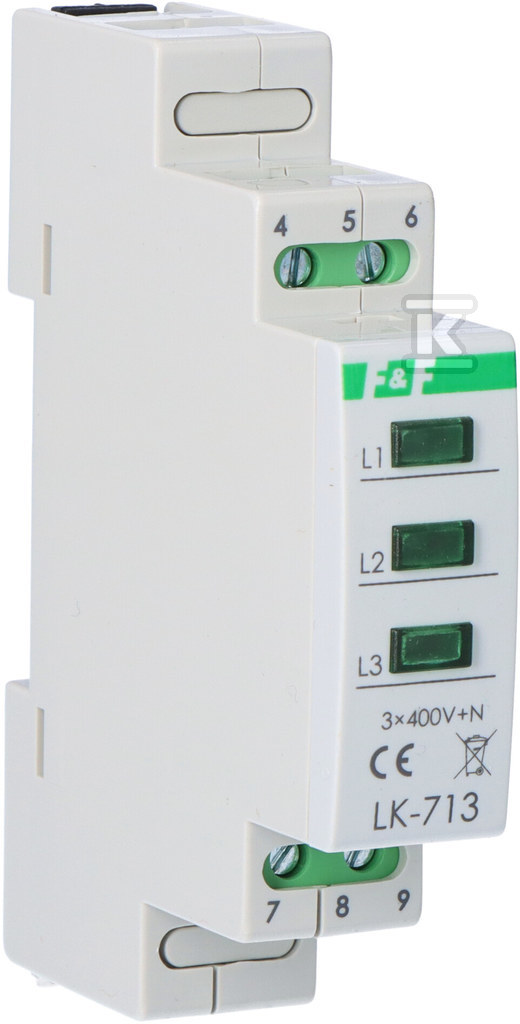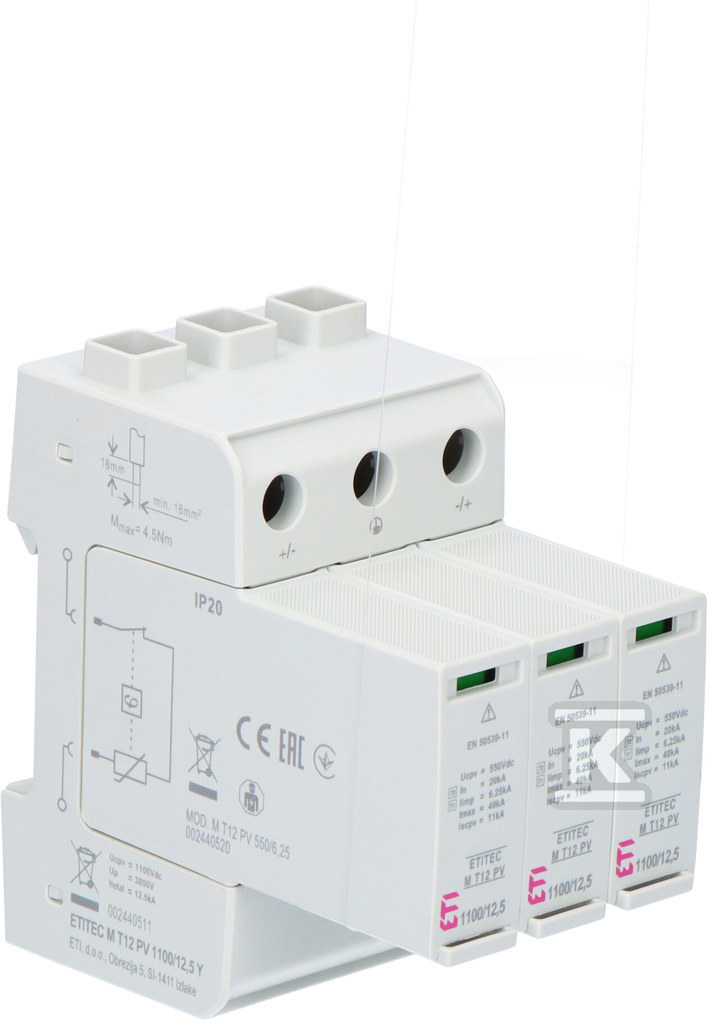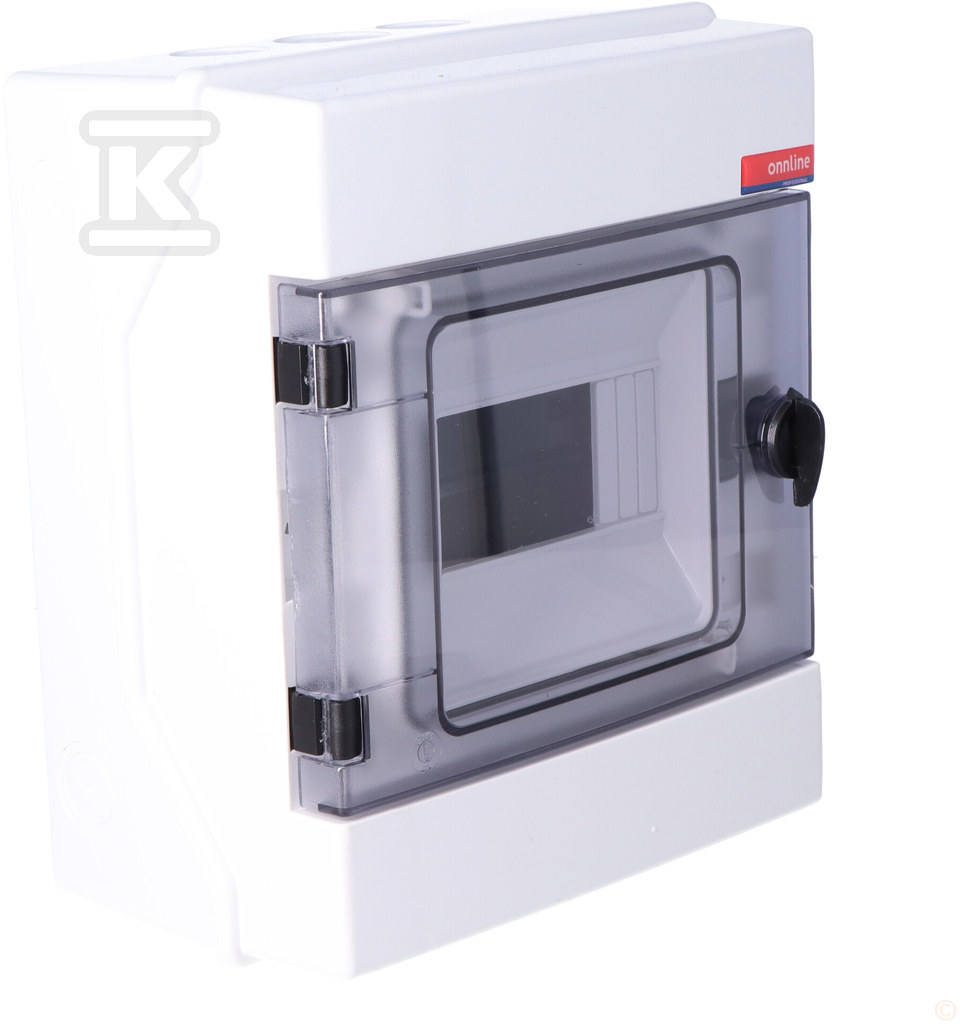When planning an electrical installation, we must consider a number of key factors related to functionality, safety and compliance with applicable standards. And this is what we will discuss in the following article, providing knowledge on how to properly plan an electrical installation, what regulations should be taken into account and how to properly prepare technical documentation for the project. These are all very important issues. Let's get started!

Check out the electrical equipment at the Onninen wholesaler
Standards and regulations governing the planning of electrical installations
The electrical installation of a house, consisting of a number of elements such as lighting , junction boxes or cables and wires , must be properly planned, regardless of whether it is located in the kitchen, garage or bedroom. First of all, it is necessary to take into account the standards and regulations governing the planning of electrical installations. They ensure safety and compliance with applicable standards.
In Poland, the design and creation of electrical installations must comply with the PN-HD 60364 standard, the equivalent of the European HD 60364 standard. This standard specifies what is most important - requirements for the design, construction, operation and maintenance of electrical installations in a building. It contains key guidelines relating to protection against electric shock, overvoltages and overloads. This minimizes the risk associated with the use of electrical devices.
 When planning an electrical installation, we must therefore take into account the provisions of the Building Law, as well as the regulations regarding the technical conditions of buildings. To plan an electrical installation, we should familiarize ourselves with the regulation of the Minister of Infrastructure, which specifies the requirements for, among others, sockets, switchboards or lighting in residential and public buildings. Equally important are issues related to concepts such as cable routes , installation wires and light sources . Remember that these regulations impose the obligation to select appropriate materials, such as cables or electrical sockets. They also refer to cables and safety elements, such as differential circuit breakers.
When planning an electrical installation, we must therefore take into account the provisions of the Building Law, as well as the regulations regarding the technical conditions of buildings. To plan an electrical installation, we should familiarize ourselves with the regulation of the Minister of Infrastructure, which specifies the requirements for, among others, sockets, switchboards or lighting in residential and public buildings. Equally important are issues related to concepts such as cable routes , installation wires and light sources . Remember that these regulations impose the obligation to select appropriate materials, such as cables or electrical sockets. They also refer to cables and safety elements, such as differential circuit breakers.
When designing an electrical installation, one cannot forget about the requirements for technical documentation, in which one of the main elements is the electrical installation diagram. It must also include descriptions of the materials used and calculations related to the selection of wire cross-sections and protections.
What to remember when designing electrical installations?
Designing an electrical installation is a very advanced process, which is why it requires precision, where the use of many elements (cables, power supply, sockets, etc.) and taking into account many of the most important aspects count. And all this to ensure functionality, safety and compliance with applicable standards.
 First, we need to carefully analyze the needs of users, as well as the specifics of the building in which the installation is planned. Here, we need to take into account the most important parameters - the arrangement of sockets, lighting points, switches in the rooms, cable routes, etc. Everything should be adapted to the layout of the rooms, the planned arrangement of furniture, taking into account the housing equipment . This will allow you to avoid problems with access to electricity. It is best to plan every aspect, even if the process itself is tedious. This will protect us from unexpected problems later, e.g. no socket for the oven.
First, we need to carefully analyze the needs of users, as well as the specifics of the building in which the installation is planned. Here, we need to take into account the most important parameters - the arrangement of sockets, lighting points, switches in the rooms, cable routes, etc. Everything should be adapted to the layout of the rooms, the planned arrangement of furniture, taking into account the housing equipment . This will allow you to avoid problems with access to electricity. It is best to plan every aspect, even if the process itself is tedious. This will protect us from unexpected problems later, e.g. no socket for the oven.
The next, equally important step is to select the right cables, those that will be adapted to the planned electrical load. These installations must be of the right thickness so that the circuits operate safely, without the risk of overheating the system. When installing electrical equipment in a home, we must also use appropriate safeguards, such as differential and overcurrent switches and breakers, protecting against electric shock and the effects of overloads. Considering this, it is no coincidence that this is a task for an electrician, for whom electrical engineering is no secret.
It is also necessary to take into account the specific requirements for individual rooms, especially in the bathroom or kitchen, where there is a lot of moisture. It is in such a room that special regulations apply regarding the installation of elements such as sockets and switches, which must be properly protected against water.
How to prepare technical documentation for an electrical installation project?
When planning an electrical installation, we must also remember to develop technical documentation. Taking this into account, one of the most important steps is to create detailed installation diagrams. To do this, we must take into account the layout of sockets, lighting points, switchboards and cable routes. The most important thing is for the diagrams to be legible and accurate.
 The technical description of the project is equally important. It should contain information about the materials used, such as cables, electrical equipment and protection. It is also necessary to carry out calculations to properly select the cross-sections of the cables for connection. They must be adapted to the planned electrical load.
The technical description of the project is equally important. It should contain information about the materials used, such as cables, electrical equipment and protection. It is also necessary to carry out calculations to properly select the cross-sections of the cables for connection. They must be adapted to the planned electrical load.
So we can see that planning an electrical installation involves many tasks that cannot be forgotten. When looking for equipment, we encourage you to familiarize yourself with the Onninen wholesale offer. In addition to the products mentioned in the article, we can also find other interesting options, such as electrical equipment , modular equipment , and switchboards and housings . Of particular note is the F&F LK-713 G power control lamp, 3xLED green, 3x230V+N - LK-713 signaling lamp for optical signaling of voltage presence in individual phases of a three-phase network. The same can be said about the ETI T1, T2 (B, C) surge arrester for ETITEC PV systems and the Onnline RH-1x6 surface-mounted switchboard .
Check out the electrical equipment at the Onninen wholesaler